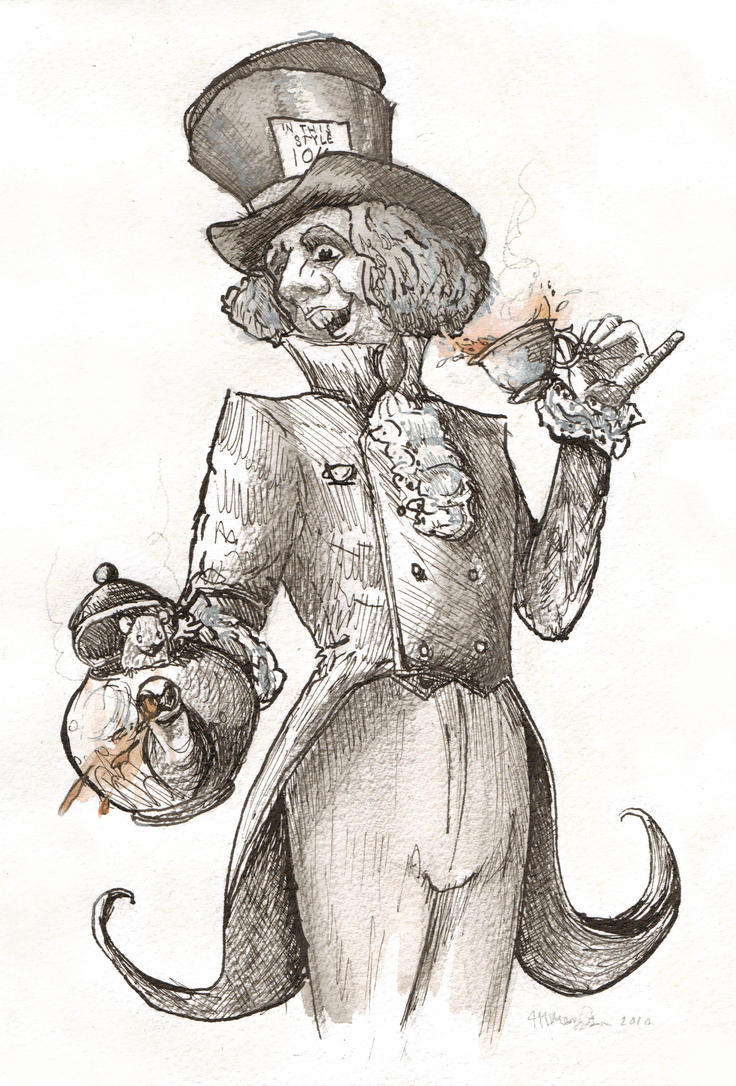When designing characters, there are a many factors to take into consideration. The age group at which the characters are aimed,, and whether they are being designed for films/animations, games, theatre productions or comics, has a significant impact on the overall design.
Another thing to take into consideration is the unique identity the character should have. If it is a main character, it is likely you would want it to be instantly recognisable and distinctive. Also, the intent of the character should be visible, the audience should be able to tell whether the character is a protagonist or antagonist. This encourages the audience to build a first impression of the character's personality and helps make the character more believable.
The nationality of the target audience also can affect the character design. Certain parts of the world can consider certain things offensive. If the character you are designing will be shown to a select audience or country, it is always best to research the cultural background of the audience that it will be shown to. If the character is going to be shown internationally, this becomes much harder to achieve, and is easier to aim at a target age instead.
I will be looking at several different examples of character designs in order to further explore this learning outcome.
FILM/ANIMATION
When creating characters for film and animations, you need to take into consideration what genre the story is, and at what age group it will be aimed at. Below is an example of a character concept from the film 'Thor'.
KING LAUFEY- Character Concept from 'THOR'
Michael Kutsche
It shows a menacing, brooding figure, immediately recognisable as fitting into a fantasy genre. The character is distinctive, with bald head and strange, tattooed skin, he already makes a strong impression on the audience. He feels powerful, and to me it is clear that he is not the protagonist. The colours are desaturated, and cold, to match the character's personality. It does not feel like this character belongs to a film for young audiences, who generally prefer more colourful, whimsical characters, like the one shown below:
RAPUNZEL- Character Concept from Disney's 'TANGLED'
This is taken from Disney's 3D animated film 'Tangled'. There is a strong difference between the way in which this character has been depicted to the previous image. It is obvious to the viewer that this is a 'good' character. She appears innocent and slightly vulnerable, yet defiant at the same time. It is a character that children, particularly young girls, would be drawn to and therefore works very well as a concept for a children's animation.
When animating characters, particularly 2D and especially by hand, it is also important to have a character that is easy to reproduce over and over again, whilst still having distinguishing features or clothing.
GAME
As with films and animations, the target audience is a major factor in character development for games. Many games focus around war, horror, sci-fi and fantasy genres and quite often deal with mature themes.
Illidan- Character Design from from Blizzard's 'WARCRAFT' series
Wei Wang
This character is clearly 'evil', with a corrupted, demonic appearance. The design reinforces the personality of the character. The bold colour palette also adds to the strength and power of the character.
Another concept for an 'evil' character is shown below. This one is for a game aimed at a younger audience.
LeChuck- Character Concept from Lucas Arts' 'MONKEY ISLAND' series
He is still clearly a villain, yet comically so. The figure is exaggerated with bizarre proportions. Plus, there is a dead bird on his head.
COMICS/GRAPHIC NOVELS
In my experience, the majority of comics are aimed at a male audience, yet span wide age ranges and cultures. The two examples I have picked are typically western examples of 'super-hero' characters. Comic book characters need to be easily recognisable, and artists can do this by assigning certain colours or accessories to a character. Generally this is done by giving them a distinctive 'super-hero' suit.
Wolverine, Character from 'X-men'
A brutal and dramatic depiction of the character, immediately recognisable as Wolverine. This easy recognition is due to the costume and distinctive 'claws'. The aggression and violence of the image marks it for a mature audience.
Ben 10, Character from children's comic and TV series
This is a character aimed at young children, particularly boys. Shows a fun, adventurous kind of character, and although he is not in the typical super-hero leotard, he always wears the same outfit and carries a distinctive gadget on his wrist. This helps the artists to be able to reproduce the character with consistency.
THEATRE
Character designs for theatre productions are generally focused around costume. They generally do not need to reinforce the character's personality through pose and body language.
Character designs for 'JAQUES AND HIS MASTER' by Denis Diderot and Milan Kundera
Marta Roszkopfová
These designs feel more like a mood-board than a polished character concept. This is probably partly due to the fact that the costumes will be seen from a distance and do not need to be particularly detailed. The artist seems to be establishing a feel for the character rather than designing them.
IN CONCLUSION:
All the issues I have explored are very important when designing a character. Particularly having a clear idea of your character's personality and its target audience. The character design should address the issues raised above and should also be designed with the end product in mind. This is what helps to make a successful character concept.

































